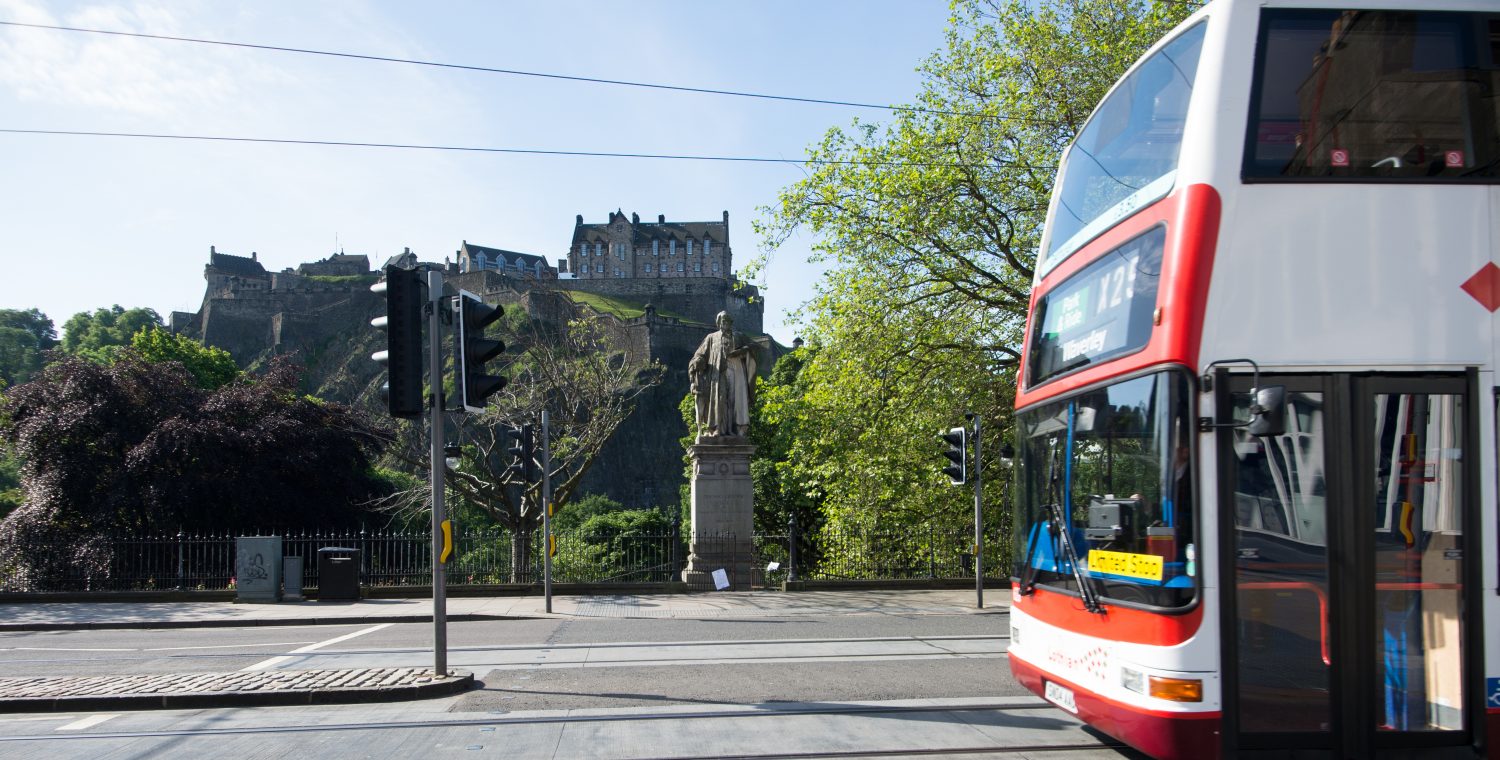Dr Mohamed Kharbeche, a Senior Researcher at Qatar Transportation and Traffic Safety Studies Centre at Qatar University spent a few days with us at Edinburgh Napier University last week.
Dr Kharbeche is a project partner with us from Qatar university. Mohamed Kharbeche holds a PhD in Operations Research from Higher Institute of Management. His primary expertise is mathematical programming and optimization. Since October 2014, he is a Research Associate at Qatar Transportation and Traffic Safety Center (QTTSC) at Qatar University. Mohamed has worked recently on several areas on traffic safety and road user behaviour. He is principal investigator in many research projects on pedestrian behavioural analysis, traffic system modelling and simulation, and hazardous material transportation funded by Qatar National Research fund. He is leading several action plans of the National Traffic Safety Strategy 2013 – 2022 for the State of Qatar.
Dr Mohamed Kharbeche gave a presentation on A Deep Learning Solution for Driver Drowsiness Detection and a summary of the presentation is below:
Road crashes and related forms of accidents are a common cause of injury and death among the human population. According to 2015 data from the World Health Organization, road traffic injuries resulted in approximately 1.25 million deaths worldwide, i.e. approximately every 25 seconds an individual will experience a fatal crash. While the cost of traffic accidents in Europe is estimated at around 160 billion Euros, driver drowsiness accounts for approximately 100,000 accidents per year in the United States alone as reported by The American National Highway Traffic Safety Administration (NHTSA). In this presentation, a novel approach towards real-time drowsiness detection is proposed. This approach is based on a deep learning method that can be implemented on Android applications with high accuracy. The main contribution of this work is the compression of heavy baseline model to a lightweight model. Moreover, minimal network structure is designed based on facial landmark key point detection to recognize whether the driver is drowsy. The proposed model is able to achieve an accuracy of more than 80%.

Leave a Reply
You must be logged in to post a comment.